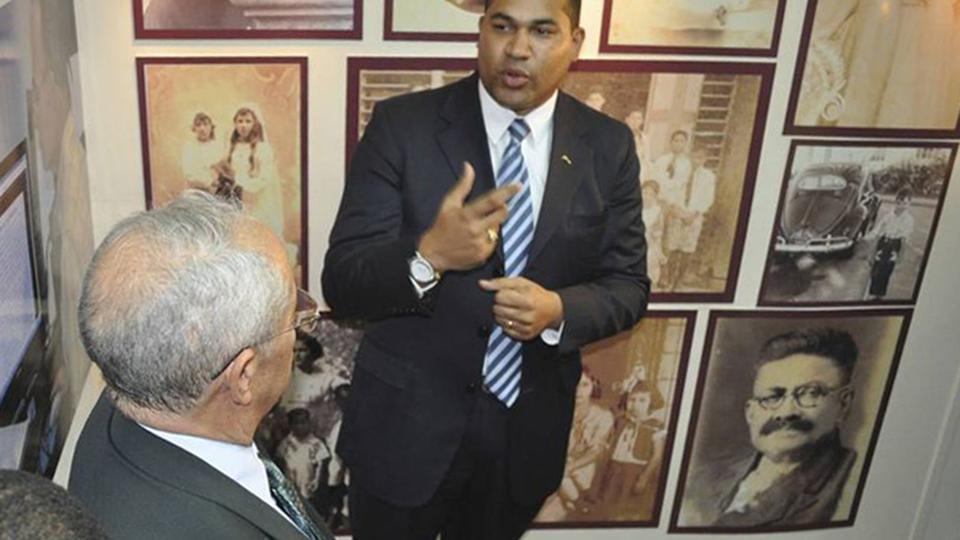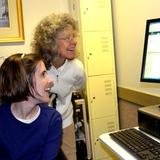Genealogy, the study of one’s ancestors or family history, is one of the most popular hobbies in the world. People of all faiths and nationalities enjoy discovering where they come from. For members of The Church of Jesus Christ of Latter-day Saints, however, learning about one’s family history is more than just a casual endeavor. Latter-day Saints believe families can be together after this life. Therefore, it is essential to strengthen relationships with all family members, both those who are alive and those who have died.
| Church member displays photos of his ancestors at a Family History symposium. 2012 Intellectual Reserve, Inc. All rights reserved. | 1 / 3 |
Latter-day Saints believe that the eternal joining of families is possible through sacred sealing ceremonies that take place in temples. These temple rites may also be performed by proxy for those who have died. Consequently, for Mormons, genealogical research or family history is the essential forerunner for temple work for the dead. In Latter-day Saint belief, the dead have the choice to accept or reject the services performed for them.
Since 1894, The Church of Jesus Christ of Latter-day Saints has dedicated time and resources to collecting and sharing records of genealogical importance. Due to cooperation from government archives, churches, and libraries, the Church has created the largest collection of family records in the world, with information on more than 3 billion deceased people. This effort was originally facilitated through the Genealogical Society of Utah and now through FamilySearch, a non-profit organization sponsored by the Church.
FamilySearch provides access to information from 100 counties, including birth, marriage, and death records, censuses, probates and wills, land records, and more. These records are made available to the public free of charge through the FamilySearch.org website, the world-renowned Family History Library in Salt Lake City, and through a network of 4,600 local family history centers in 126 countries.




